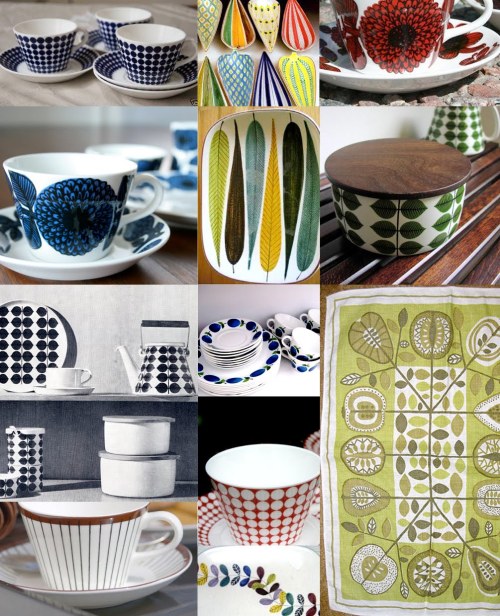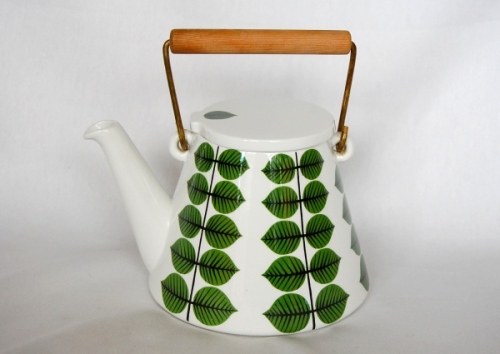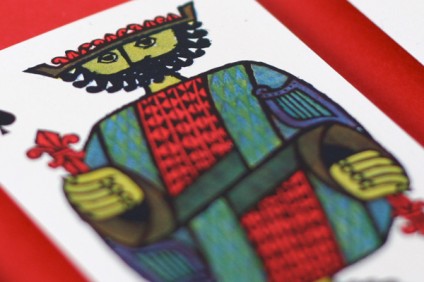Click image above to flip through entire book!
If you follow the link above, you can literally flip through one of my two inspiration sketchbooks I created during my 7 weeks in Copenhagen. During our study tour of Sweden and Finland we were instructed to collect everything: scarps of paper, brochures, posters, postcards, anything. Everyday we had drawing assignments to help us get used to sketching and drawing inspiration. As someone that doesn’t consider themselves a strong drawer, this was quite a challenging exercise. So many times I take pictures or collect them online so I can “remember” something I liked. While it’s good practice to document as many sources of inspiration one can find, something magical happens when you take time to draw it. Taking the extra time to figure something out and draw the lines and angles cements it in your mind much more vividly than a picture can. We take pictures in a secon, and we quickly forget about them. With drawing you are investigating and thinking about what you see, and transfering it from life onto the page. Milton Glaser talked a lot about this during this summer course. He also talks about it a lot in his book, Drawing is Thinking. In The Accidental Masterpiece, Michael Kimmelman talks about this too. He says,
“Cameras made the task of keeping a record of people and things simpler and more widely available, and in the process reduced the care and intensity with which people need to look at the things they wanted to remember well, beacuse pressing a button required less conectration and effort than coposing a percise and comely drawing.”
But this isn’t a post about drawing per say. It’s more a post about process and the documentation of mine during my trip. One of the greatest hallmarks of Scandinavian Design is process. We were told this again and again. We were encouraged to experiment, make, sketch, paint and take pictures. Many of our experiments were trail and error but together culminated in our final textile designs. In this course, the process was more important than the final product. This is in stalk contrast to design education in the US. I can say this honestly because there’s many times I’ve done a project in a night or two days, totally disregarding process. While this helps me and other designers get by, we’re not really learning anything. We often resort to ideas we already had and that process gets exhausting. We’re left with uninspired work and no new ideas. That’s why process is so important. After this trip I feel more full with ideas for design projects than ever before. A lot of this I credit to the first mentioned sketchbooks!

I loved the shades of greens and brown I saw on buildings in Helsinki, Finland. The organ pipes appear many times in my sketchbook – I think they’d make a great pattern so that’s something I hope to work with later on.
A study of black & white.
This is a free giveaway we were given at Valilla Interior. I loved the colors and graphic patterns of their textiles. Instead of keeping this brochure in a folder I decided to bite the bullet, cut it up and glue it into my book. Now all my inspiration is together and in context with similar inspiration.
Illums Bolighus is a BEAUTIFUL store in Denmark and Sweden. It’s part design store, part kitchen, bath, home, and clothing department store. Basically they have everything you need to make your home beautiful. They also have beautiful ads like this one above. In love with the shades of grays here.
I ripped this down from the street in Copenhagen. Love the ripped edges too – gives it some character. Don’t be afraid to leave edges unfinished and rough, you can use it to create interest in your sketchbook or design work later on.
In this page I ripped up a Marrimeko ad to try and create something new. The opposite page is one of the early circles exercises I drew in the process of creating my final print.
Here’s an example of printed things I found during my trip. I saved everything and glued them into this book. Now its all in one place anytime I need to look at it. To see the entire sketchbook, go here!
Now when I look back at this book, I can isolate type treatments, color combinations, textures, techniques, and general inspiration for new projects. I tried to think of each spread as a compositions by mixed unrelated materials together creating new juxtapositions. Now I can’t take all the credit for collecting and documenting design in this style. All the credit goes to one of our instructors, Helle Vibeke Jensen. We visited her studio early in our trip and that day had a profound effect on everyone in the program. Helle Vibeke has been keeping sketchbooks in this manner for YEARS. Her studio is a library of cataloged inspiration from all over the world. Each time she goes on a trip, she buys a new Moleskine and begins collecting scraps and drawing. Here’s some photos from our studio visit.
Above: Her studio. Loved these blue chairs. Makes me dream for my own studio one day.
One of her many supply and inspiration drawers. So much fun stuff to play with.
Helle Vibeke’s library, full of her sketchbooks and books she’s illustrated and designed. To see more of her work, check out her website here.









































































































